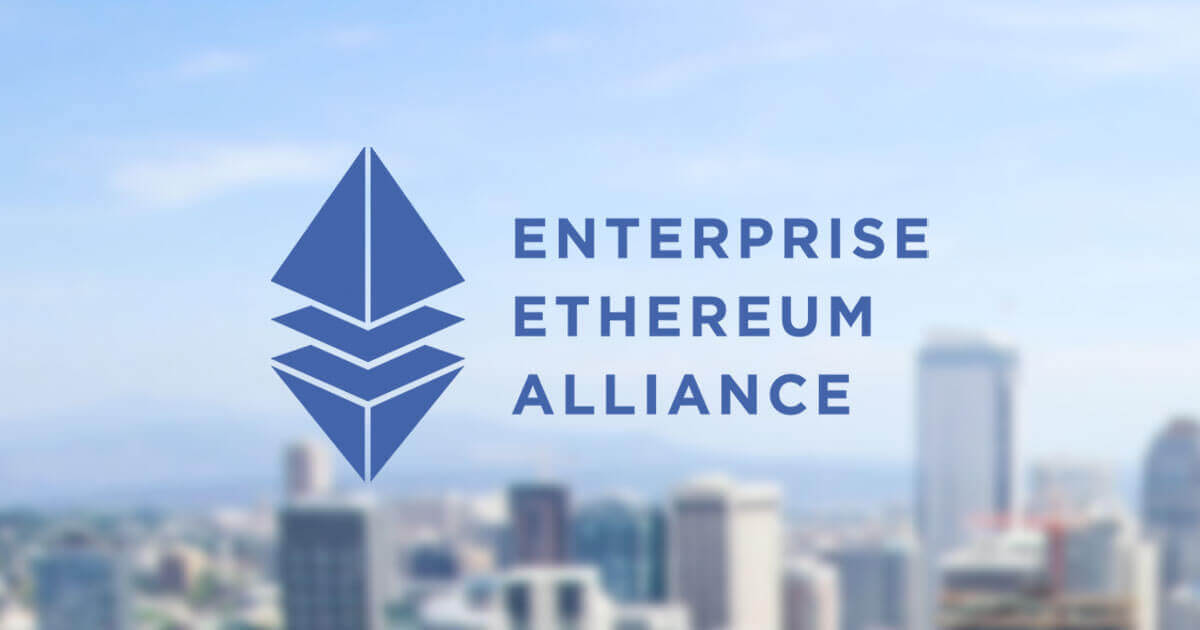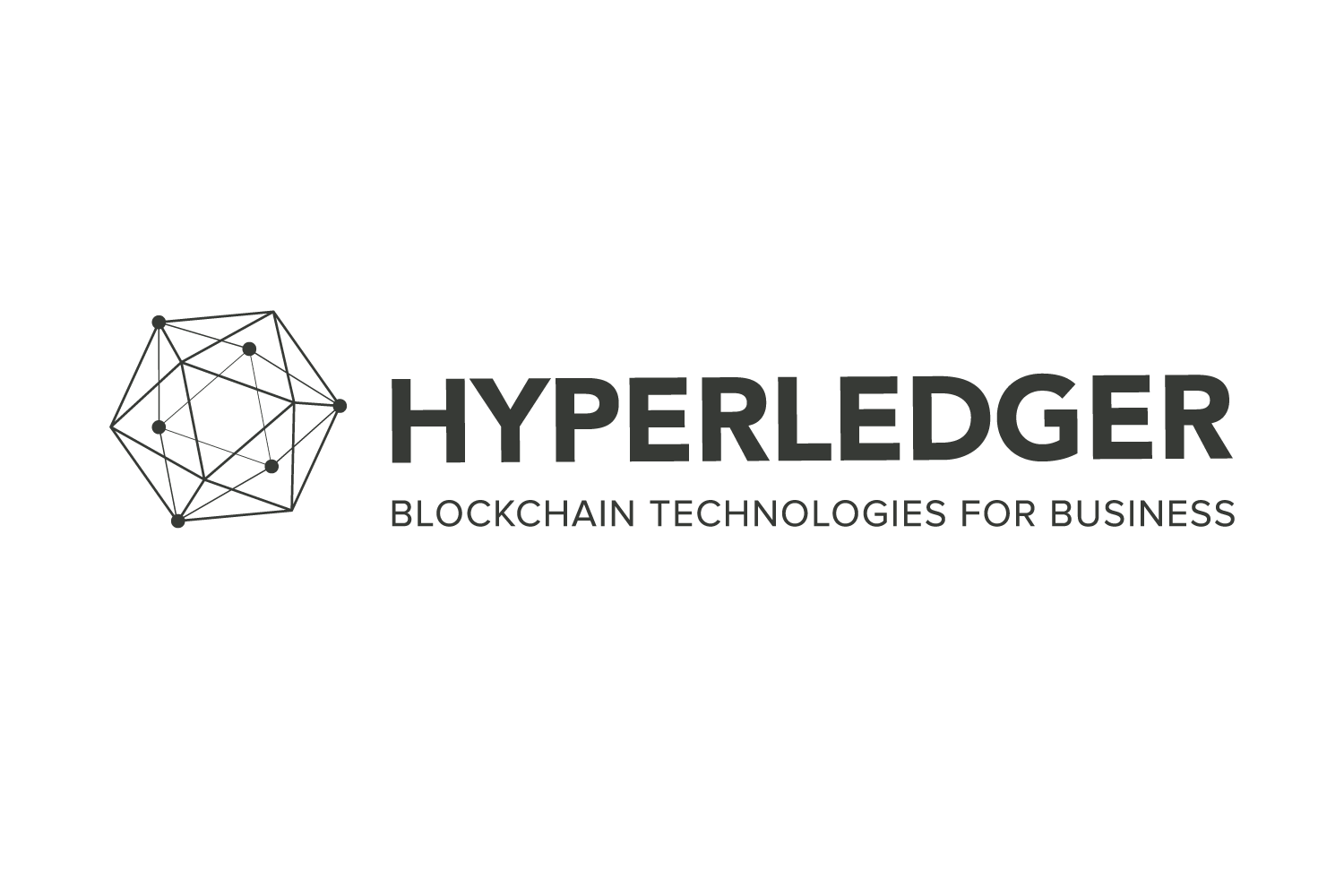A lot can happen in a decade. And in the blockchain and cryptocurrency space, a lot has happened – and that’s remarkable, seeing we started using those terms just about ten years ago. From thousands of cryptocurrencies launched to entire organizations coming together to further the blockchain agenda – the industry is growing stronger.
The Enterprise Ethereum Alliance (EEA) is one of these organizations – and it exists to make it easier for individuals and businesses all over the world to collaborate and build private versions of the Ethereum blockchain for their business needs.
The alliance has over 150 members – which is impressive, seeing as it only started with 30.
What is EEA’s Vision?
EEA is motivated by four goals:
i) Build a standard open-source specification
EEA will define open-source standards for the operation of Ethereum blockchain across member organizations.
ii) Address enterprise requirements
The EEA will help member organizations deploy blockchain technology wherever applicable.
iii) Evolve in tandem with the Ethereum blockchain
EEA members will get blockchain experts and best practices from the Ethereum blockchain. Hence, both public and private versions of the Ethereum blockchain will grow alongside each other.
iv)Strive for global interoperability
The EEA will strive to realize the interoperability of the blockchains.
How Does EEA Help the Ethereum Blockchain?
The EEA hopes to help the Ethereum blockchain in these ways:
- Governance for Ethereum’s Enterprise Applications
The alliance will design a framework through which smart contracts can be optimized and implemented for companies and businesses. Thanks to this, companies will have an easier task of transferring real-world applications onto the blockchain.
- Enhance Compatibility and the Public Ethereum
The EEA will plug in new features based on real-life uses cases and contribute to Ethereum’s smart contracts business potential – and the way businesses conduct business.
- Ensure Rapid Technical Innovations
Developers interested in creating smart contracts and decentralized applications on the Ethereum blockchain will have an easier time doing so, thanks to more familiar frameworks and more standardized technical procedures and tools.
Ethereum Enterprise Alliance and Hyperledger
In October 2018, the EEA and Hyperledger – an umbrella project for open-source blockchain frameworks announced they would be working together for the benefit of blockchain. This was good news for the crypto space since both bodies have a wealth of blockchain expertise between them. The two organizations were being seen as competitors before – but coming together means they can tap the synergies in each other and do great things for blockchain.
“This is a time of great opportunity. Collaborating through mutual associate membership, provides more opportunities for both organizations to work more closely together,” said Ron Resnick, an executive director of the Ethereum Enterprise Alliance.
The two organizations will help drive the adoption of blockchain by businesses and companies all over the world and, in the process, bring blockchain benefits to the world.
The new arrangement will also allow for greater sharing between the two organizations. For example, Hyperledger developers can benefit from EEA’s certification programs, and EEA members working to achieve certain standards can get help from the Hyperledger platform to implement them.
Members of the EEA
EEA is a collaboration of an eclectic mix of companies.
Some heavyweights in the alliance are Intel, Microsoft, Santander, ING, Ethereum Foundation, Scotiabank, PricewaterhouseCoopers, and Standard Chartered Bank.
The most interesting member might be JP Morgan Chase & Co. This is because the company’s CEO, Jamie Dimon, has been on record declaring his lack of faith in Bitcoin, Ethereum’s main competitor. His dislike for Bitcoin is so strong that he said he would fire any JP Morgan employee who traded Bitcoin. So, it’s puzzling that he would disparage Bitcoin and throw his support behind Ethereum.
How to Become a Member of EEA
Anyone can become an EEA member, provided they meet the criteria. Members can be individuals, groups, or organizations. The criteria for joining is as below:
- Applicant must be promoting Ethereum-based enterprise applications one way or another.
- Applicant must agree to the EEA policies, guidelines – which include Intellectual Property, Non-Disclosure, and Antitrust.
- Applicant must comply with their country’s laws and regulations
- Once a member, applicants must pay an annual membership fee. The fee is as follows: $3,000 for individuals, groups, and companies with less than 50 employees, $10,000 for companies with 51 to 500 employees, $15,000 for companies with 501 to 5,000 employees, and $25,000 for companies with more than $5,000 employees.
Benefits of the EEA
One of the benefits of the Enterprise Ethereum Alliance is events. The EEA organizes several events each year that create great opportunities for members to meet, network, and share and discuss ideas. Anyone that wishes to connect with the Ethereum agenda in a more meaningful way can benefit from those events. The events take place in many places across the world; some events have been held in London, New York, Denver, Hangzhou, and many others. This opens up the opportunity for businesses from diverse areas of the world to attend.
Another benefit is members can create strong relationships within the Ethereum community. Apart from discussing serious topics like regulations, creating decentralized applications, and so on, there are also sometimes cocktail receptions that bring people together to have fun, bond, and let loose a bit.
EEA members can also have detailed bios on the website – where they can talk about their company as well as their Ethereum agenda. This makes for increased international visibility for their company – which comes with increased presence and authority in their industry. As well, members can view each other’s information and create mutually beneficial connections.
Why Organizations Are Joining the EEA
There are several reasons why the EEA has been a hit.
Ethereum is the most popular cryptocurrency next to Bitcoin. It is the second-largest in market cap and has maintained that position for a very long time. Also, a lot of the most popular cryptocurrencies today started as Ethereum-based projects – think Tron, EOS, Binance Coin, and so on.
Ethereum is also home to the ingenious smart contract technology that makes getting into a contract simpler and cheaper than ever before. Smart contracts are self-verifying and self-executing, which removes the need for intermediaries like lawyers, banks, and so on. Many people are interested in technology to see how they can benefit from it.
Then there are Ethereum’s decentralized applications (DApps), which hold massive potential. DApps are applications that are uncensorable and give users complete control over their personal information – unlike centralized applications like Google, Facebook, etc. For many developers, Ethereum is the go-to blockchain for creating DApps. The reason for this is Ethereum’s solid reputation as the blockchain that made the technology possible. Another reason is the Ethereum Virtual Machine that gives developers access to friendly tools.
Closing Thoughts
The Enterprise Ethereum Alliance has become a formidable organization in the blockchain space thanks to the value proposition of the Ethereum blockchain and powerful companies that are backing it up. EEA also helped Ethereum’s token – Ether to gain a solid footing in the crypto market. This should be good news for Ethereum investors – they’re assured that Ethereum is not a fad cryptocurrency that’s going to disappear with the wind. And, blockchain enthusiasts should also rest at ease knowing that there are organizations out there that are working daily to advance the cause of technology.




